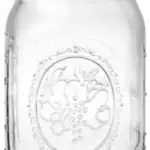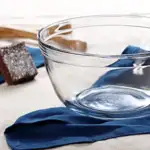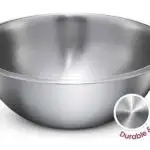Have you ever wondered what it would be like to make your own fresh homemade butter? Imagine the satisfaction of spreading rich and creamy butter on your favorite bread or using it to enhance the flavors of your culinary creations.
Making butter from scratch is easier than you might think, and the results are truly rewarding.
The Beauty of Homemade Butter
Making your own butter offers a myriad of benefits. Not only does it allow you to control the ingredients, making it a pure and natural product, but it also provides a unique and satisfying culinary experience. Homemade delicious butter boasts a fresh and rich flavor that exceeds store-bought options.
By creating your own compound butter, you can customize it to suit your preferences, adding herbs, spices, or even a hint of sweetness is an easy way to amp up the flavors.
The process of making fresh butter also allows you to connect with the age-old tradition of transforming simple ingredients into a delightful staple of the kitchen.

Post contains affiliate links, and we earn commissions if you shop through the links on this page. For more information, please read the disclosure section under the About Us page.
Easy Homemade Butter Recipe: Step-by-Step Guide for Deliciously Creamy Results
In this guide, we’ll take you through the steps of creating your own homemade butter, from gathering simple ingredients to enjoying the creamy goodness. Get ready to embark on a culinary adventure and experience the joy of making homemade butter.
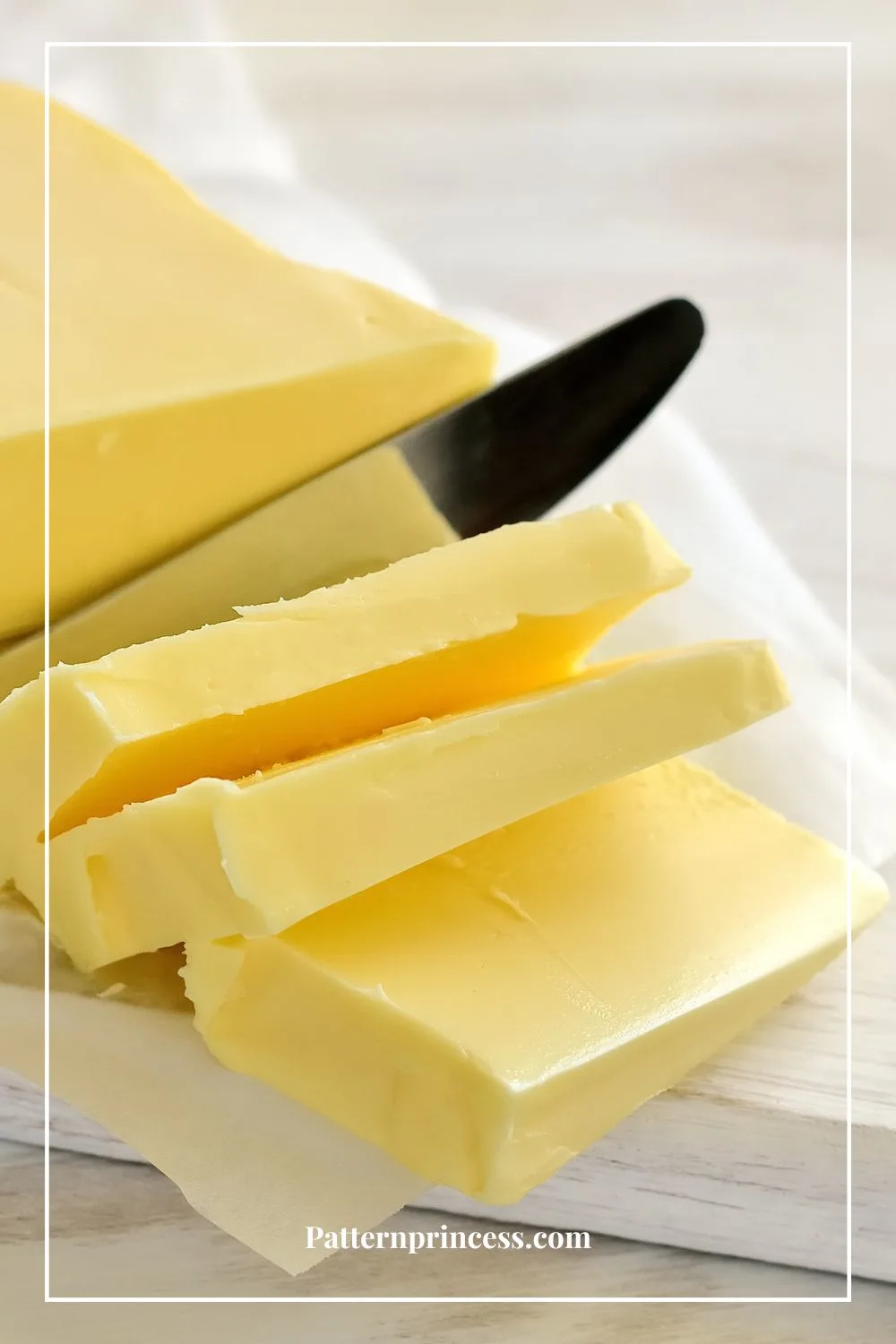
Ingredients and Equipment You’ll Need
Making homemade butter requires just two ingredients: heavy cream and salt (optional). Good news, no need to go out and buy special equipment. For equipment you’ll need a hand mixer, food processor, a mason jar with a snug lid, or airtight container for mixing. A strainer or cheesecloth will be used to separate the butter from the liquid. These basic tools can be found in most kitchens, making homemade butter an easy project for all.
Step-by-Step Instructions for Making Homemade Butter
Let’s dive into the process of making homemade butter. Follow these simple steps in this easy recipe to create your own creamy delight:
- Pour the heavy whipping cream into a large bowl or jar.
- Begin whisking or shaking the cream briskly.
- Keep mixing or shaking until the cream is thick and separates into butter solids and buttermilk. Note: you will see stiff peaks form before the solids separate from the liquid buttermilk.
- Strain the mixture to separate the butter solids from the buttermilk.
- Rinse the butter solids with cold water or ice water to remove any remaining buttermilk.
- If desired, add salt to taste and mix it into the butter.
- Shape the butter into a block or any desired form.
- Refrigerate the butter for a few hours until it is solid.
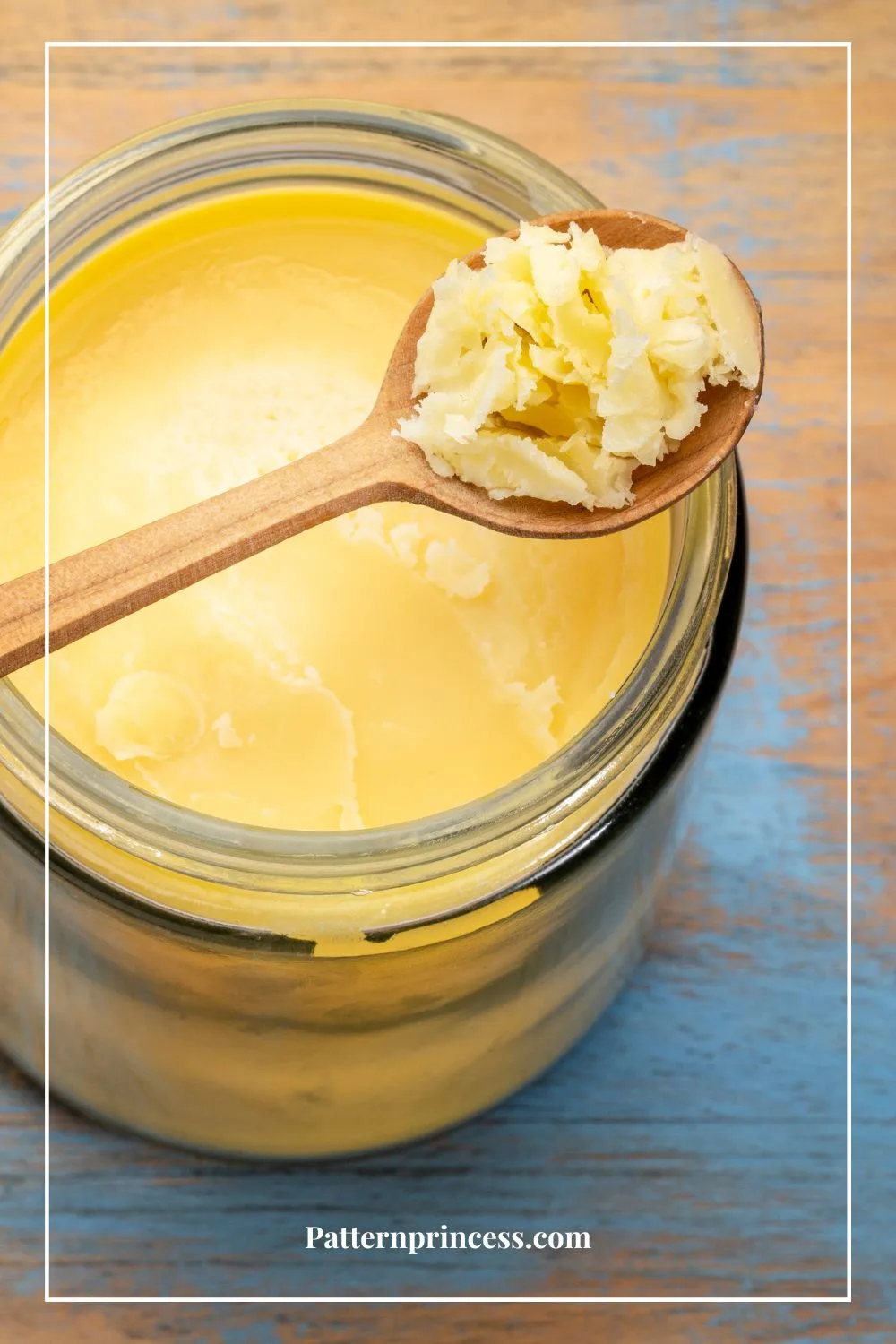
Tips and Variations for Homemade Butter
- Experiment with different flavors by adding herbs, spices, or even honey to your butter.
- To achieve a deeper flavor, consider using cultured cream instead of regular heavy cream.
- Adjust the salt level according to your taste buds or omit it entirely for unsalted butter.
What to do With the Leftover Liquid from Making Butter
The excess liquid from making butter is called buttermilk, and it can be used in various culinary applications. Whatever you do, don’t throw it out. Save it for later use. Here are a few ideas on different ways you can use the excess buttermilk:
Use it in baking: Buttermilk is a fantastic ingredient for baking. It adds moisture, tenderness, and a subtle tangy flavor to baked goods. You can use it in recipes for pancakes, biscuits, scones, muffins, cakes, and more. Look for recipes that specifically call for buttermilk or modify your favorite recipes by substituting regular milk with buttermilk.
Make salad dressings and marinades: Buttermilk can be used as a base for creamy salad dressings, such as ranch dressing. It adds a tangy and slightly acidic flavor that complements fresh greens and vegetables. You can also use buttermilk as a marinade for chicken, as it helps tenderize the meat and adds flavor.
Prepare refreshing beverages:
Buttermilk can be used as a key ingredient in refreshing drinks. In some cultures, it is enjoyed as a traditional drink on its own or combined with fruits, spices, or sweeteners. You can experiment with adding fresh fruits, like strawberries or mangoes, to create delicious and creamy smoothies or lassi-style drinks.
Use it in soups and sauces:
Buttermilk can be used to add creaminess and tanginess to soups and sauces. It works particularly well in creamy vegetable soups or as a base for creamy pasta sauces. It lends a pleasant flavor and helps create a rich and velvety texture.
Cultivate homemade cultured buttermilk: If you enjoy making your own dairy products, you can use the buttermilk as a starter culture to make homemade cultured buttermilk. Simply reserve a small amount of the liquid and use it to inoculate fresh milk. Allow the mixture to sit at room temperature for several hours or overnight until it thickens and develops a tangy flavor. Use this homemade cultured buttermilk in recipes or as a base for other cultured dairy products.
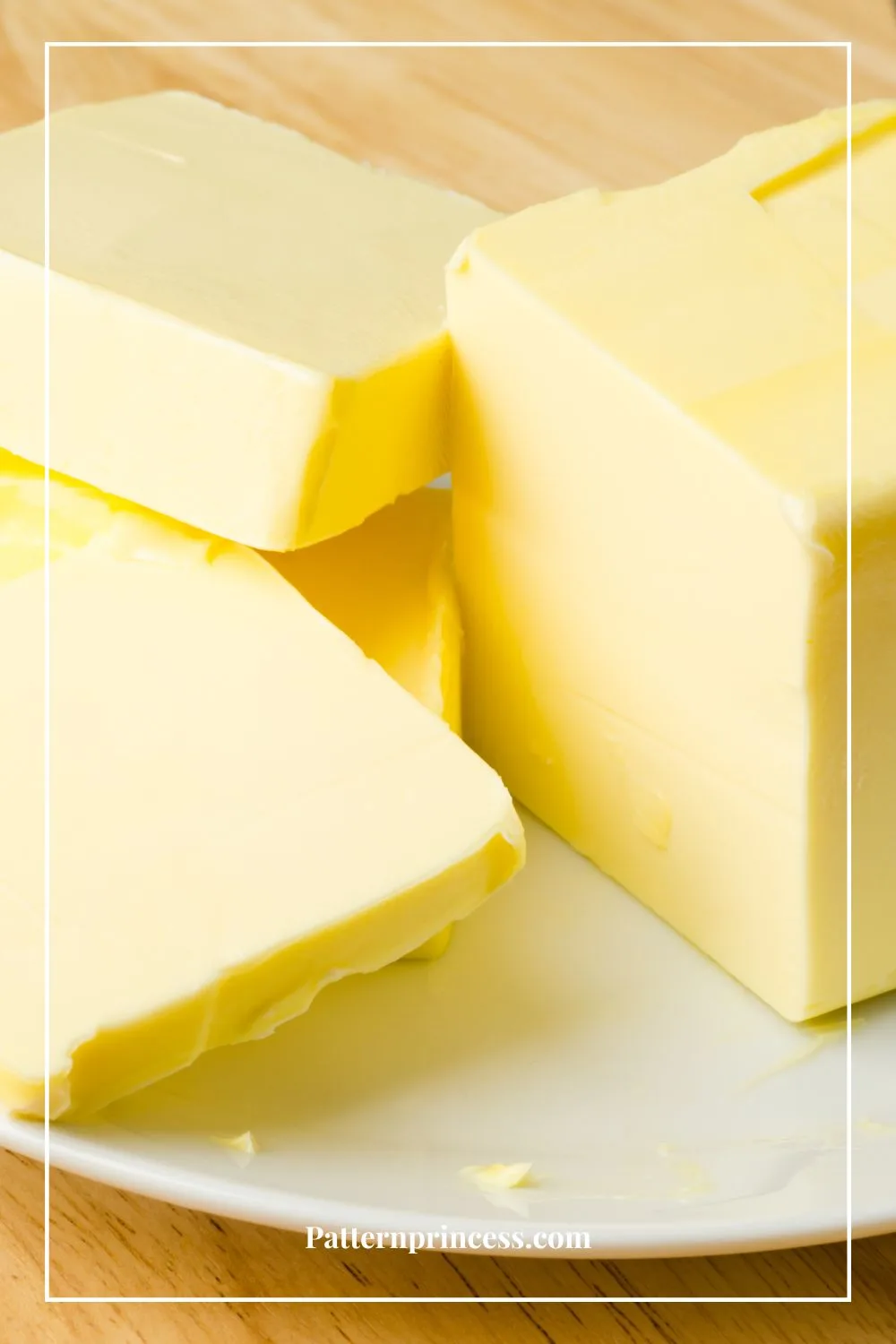
Butter vs. Bacon Grease: A Comparison
Butter and bacon grease have different characteristics and flavors that make them unique in cooking. While butter adds richness and a creamy taste, bacon grease brings smoky and savory notes to dishes.
Use them interchangeably in certain recipes, depending on the desired flavor profile. However, it’s important to consider their differences, such as smoke point and potential health impacts, when deciding which to use.
Unsalted Butter Substitutes: Exploring Options
Unsalted butter is commonly used in baking to control the amount of salt in recipes. If you find yourself without unsalted butter, there are several alternatives you can use, such as ghee, coconut oil, or margarine. Each option may impart a slightly different taste and texture, so choose the one that best suits your needs and preferences.
Drawn Butter vs. Clarified Butter: Understanding the Difference
Drawn butter and clarified butter are two forms of butter that have use different processes. Clarified butter is butter that has been heated and separated from the milk solids, this results in a clear golden liquid. While drawn butter is melted butter that still contains milk solids.
The choice between the two depends on the intended use. Drawn butter is great for dipping seafood. Clarified butter being preferred for higher-heat cooking methods.
Butter vs. Olive Oil: Health Considerations
The debate between butter and olive oil often revolves around health concerns. While butter contains saturated fats, olive oil is rich in monounsaturated fats.
Moderation is key when eating either ingredient, as excessive intake of saturated fats may increase the risk of certain health conditions. Consider using a balance of both butter and olive oil in your diet to enjoy their unique flavors and potential health benefits.
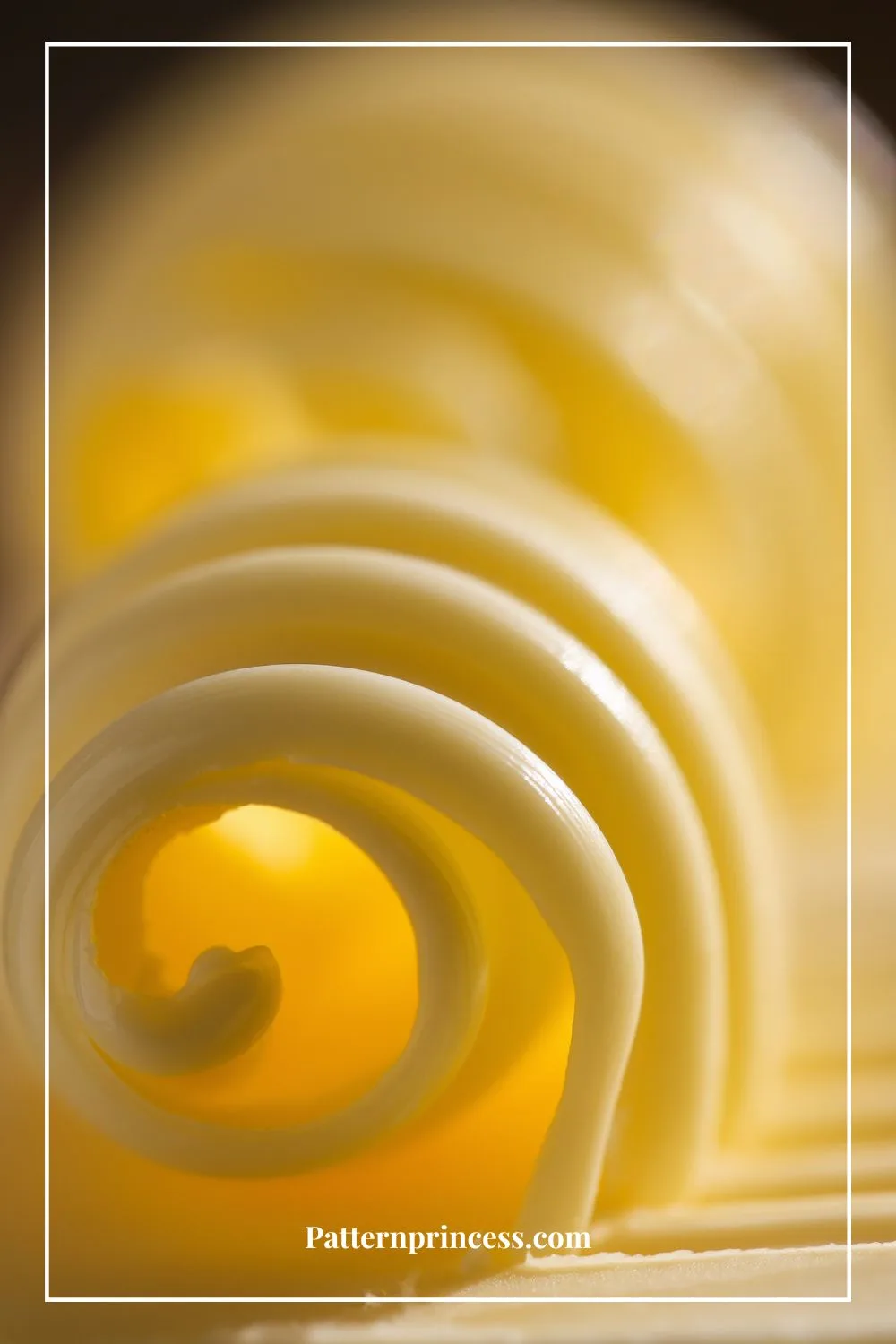
Is Butter Bad for Acid Reflux? Exploring the Connection
Individuals with acid reflux may wonder if butter exacerbates their symptoms. While triggers can vary from person to person, some individuals with acid reflux may find that high-fat foods, including butter, can worsen their symptoms.
It’s advisable to consult with a healthcare professional to determine the best dietary choices if you experience acid reflux or any related conditions.
Making homemade butter is a rewarding and delightful culinary adventure that allows you to create a flavorful and versatile ingredient right in your own kitchen.
From understanding the process and necessary ingredients to exploring the comparisons and health concerns you now have the knowledge to embark on your butter-making journey. Give it a try, experiment with flavors, and enjoy the satisfaction of spreading your homemade butter on freshly baked bread or incorporating it into your favorite recipes.
Get ready to elevate your cooking and indulge in the creamy goodness of homemade butter.
How to Make Homemade Butter: A Simple and Delicious Recipe
As an Amazon Associate I earn from qualifying purchases.
Kitchen Essentials
Ingredients
- 2 Cups Heavy Cream preferably organic and at room temperature
- Salt optional, to taste
text ingredients
Instructions
- Pour the heavy cream into a mixing bowl.
- Using an electric mixer or a stand mixer fitted with a whisk attachment, whip the cream on medium-high speed until it thickens.
- Continue whipping the cream until it goes through several stages: from thickened cream to whipped cream and eventually to the separation stage. This process will take approximately 5-8 minutes.
- As the cream continues to whip, you’ll notice it starts to separate into yellow butterfat and a liquid known as buttermilk.
- Once the separation occurs and you see solid butterfat clumps floating in the buttermilk, stop whipping immediately. This indicates that the butterfat has fully separated from the cream.
- Using a strainer or cheesecloth, strain out the buttermilk and reserve it for other culinary uses if desired.
- Rinse the butterfat under cold running water while gently kneading it to remove any remaining buttermilk. This step is crucial to prevent the butter from spoiling quickly.
- If desired, add a pinch of salt to the butter and knead it into the butter gently for flavor enhancement. Adjust the amount of salt according to your preference.
- Shape the butter into a block, roll it into a log, or use molds to create fun shapes. Wrap the butter tightly in plastic wrap or parchment paper to preserve its freshness.
- Refrigerate the butter for at least 1 hour before using to allow it to solidify and develop a firmer texture.
Your Own Private Notes
Notes
Nutrition
A few of my favorite things
The Power of Positivity

You can find Victoria crocheting, quilting, and creating recipes. She has cooked in restaurants for over 20 years, including many larger parties. She learned to crochet when she was just 11 years old and has been crocheting ever since; over 50 years now. Over 40 years ago, she loved her first class in sewing and continues to hone her skills in quilting. Many have enjoyed the handmade gifts over the years. In her professional career, she has worked in management in a wide variety of businesses including higher education as a dean of a division. All the while attending college part-time to achieve her doctorate in higher education with an emphasis in e-learning.


